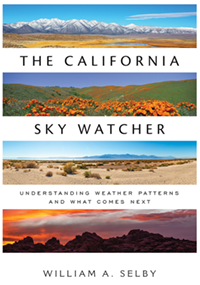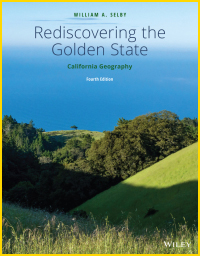
The Colorado or “low” desert is a westward extension of the Sonoran Desert. This is a sub-tropical desert with very high summer temperatures, a nearly frost-free winter and a hyper-arid climate year round. Nonetheless, the Colorado Desert is host to an amazing array of flora and fauna as well as an ever expanding human footprint.


